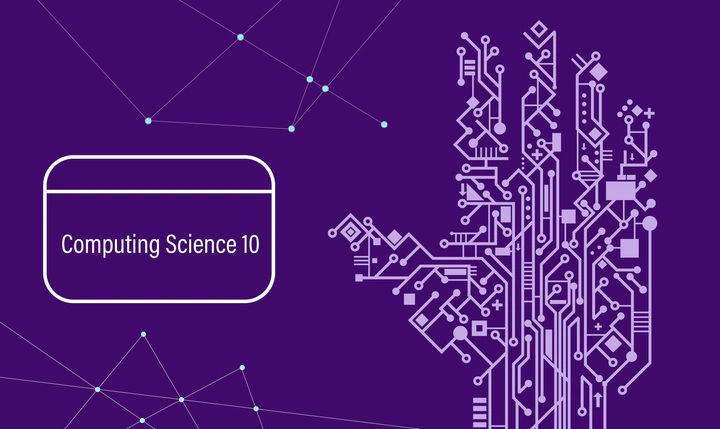Computing Science 10

Computing Science 10 consists of up to six 1-credit courses:
Structured Programming 1
Students are introduced to a general programming environment in which they write simple structured algorithms and programs that input, process and output data, use some of the more basic operators and data types, and follow a sequential flow of control.
Spreadsheet 1
Students develop skills in the proper use of spreadsheet software through general data manipulation and personal recordkeeping.
Structured Programming 2
Students work with structured programming constructs by adding the selection and iteration program control flow mechanisms to their programming repertoire. They write structured algorithms and programs that use blocks to introduce an element of modularity into their programming practice.
- Prerequisite: Structured Programming 1
Procedural Programming 1
Students develop their understanding of the procedural programming paradigm. They move from a structured programming approach in which modules were handled through the use of program blocks to a more formal modular programming approach in which they are handled through subprograms. In the process, students also learn to use a number of new design approaches made possible by the new paradigms. As part of this process, they also learn what types of problems are amenable to modular algorithms and programs.
- Prerequisite: Structured Programming 2
Data Structures 1
Students learn how to design code and debug programs that use a set of data structures that can be used to handle lists of related data. Building on their knowledge of basic or primitive data types, they learn how to work with fundamental data structures such as the array and the record. As part of this process, they learn what types of problems benefit from the use of these types of data structures
- Prerequisite: Procedural Programming 1
Files and File Structures 1
Students learn how to design, code and debug programs that use data files to store and retrieve data on secondary storage devices. Building on their knowledge of derived data structures, they learn how to use those structures to organize data for efficient file handling. As part of this process, they learn what types of problems benefit from the use of external files.
- Prerequisite: Data Structures 1